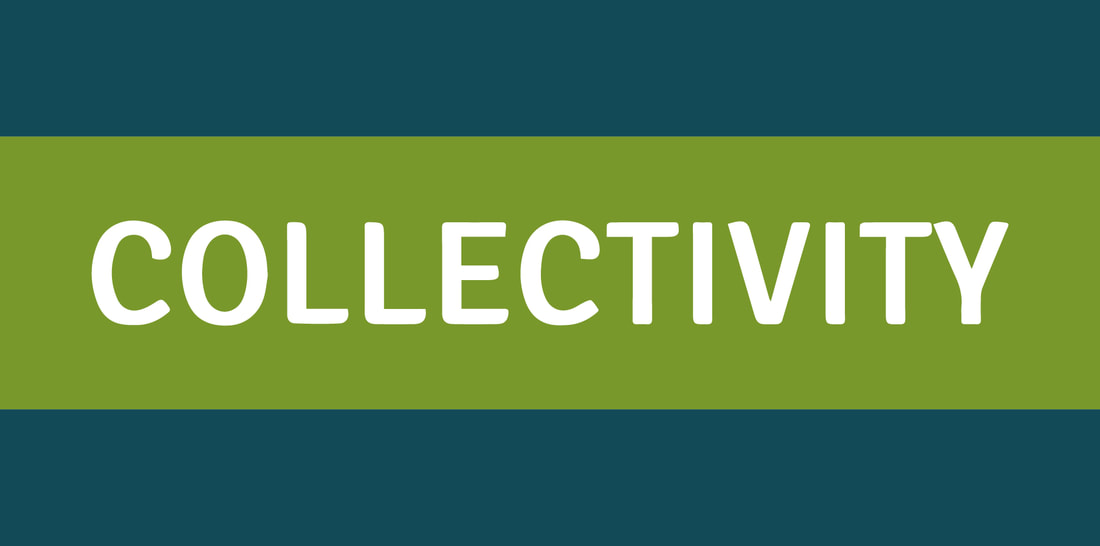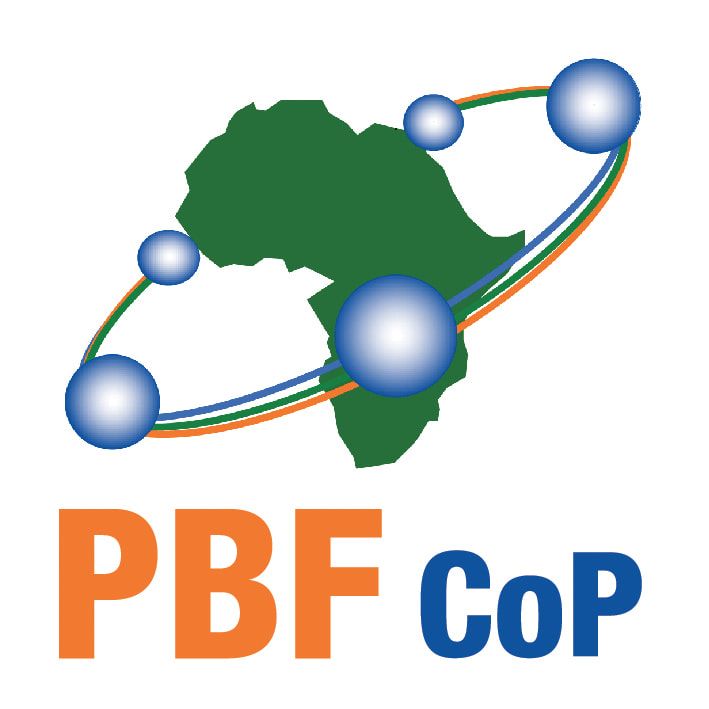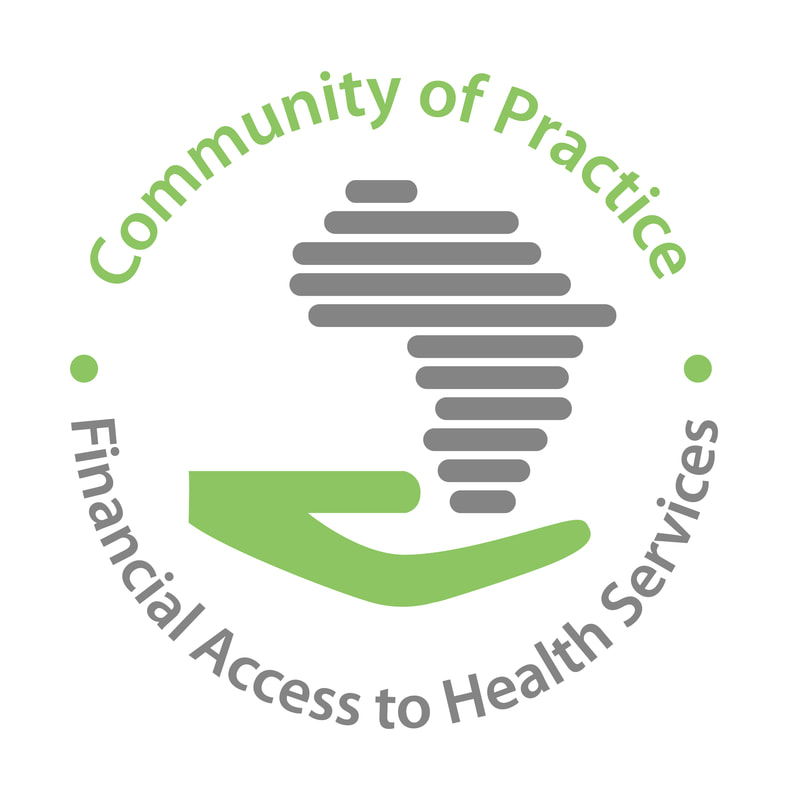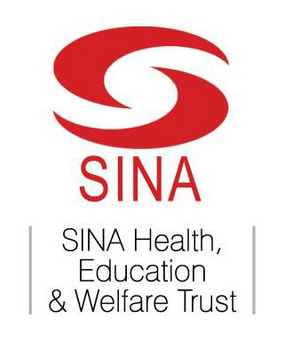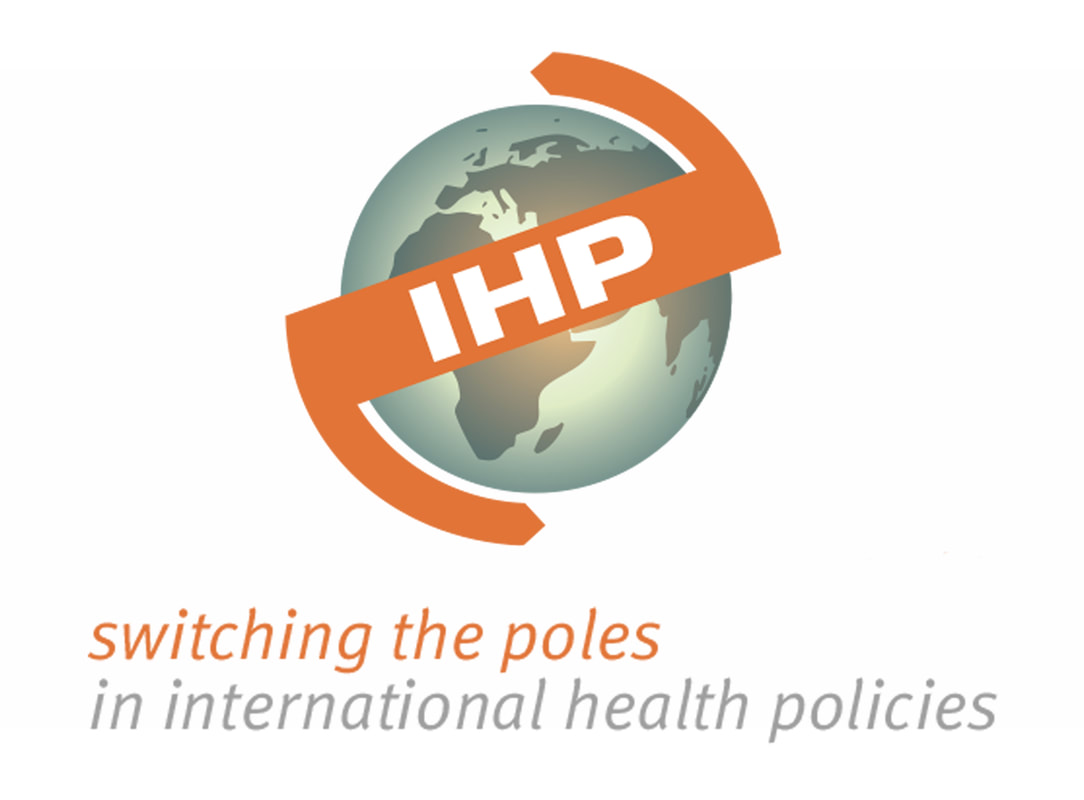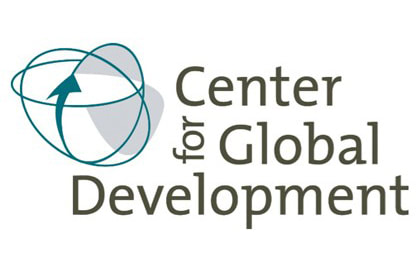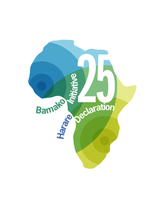
We continue our exploration of community participation in Africa, 25 years after the Bamako Initiative. Dr. Canut Nkuzimana is a member the CoP Performance Based Financing since its inception. He worked with the Ministry of Health of Burundi in the late 1990s before joining Cordaid. He had the opportunity to participate in the set-up of the first health committees of Burundi and in the development of performance-based financing (PBF) initiatives in the country. More recently, he has been active in launching a new "community PBF" project. Here I chat with him about his experiences.
You had the opportunity to establish health committees in southern Burundi on behalf of Memisa (future Cordaid). How did that happen?
In February 2002, when Memisa recruited me to pilot its primary care health project in Makamba, the region was still a war zone. More than 40% of the population of the province lived in internally displaced people’s (IDP) sites. These sites where places of poverty, disease and abuse of all kinds; they were located around the health centres and the schools. Some of these facilities had even stopped working in order to shelter those displaced by war. In the health centres that were still functioning, the management was calamitous; qualified staff had often deserted the place and the remaining staff members were running the centre as they liked. There was no follow-up. My project aimed to revive the activities in health centres and to develop nursing stations. The idea was to allow people to have access to a minimal package of services: immunization, family planning, and curative services.
At the time, the WHO and the Ministry of Health had begun to promote the idea of organizing the population to be the co-managers of their health services. The context of Makamba made us act. The population would be the co-manager of the aid it received. To get there, sensitization activities were conducted for the administrative authority (on the relevance of the project), the population (on the importance of management and accountability) and the staff of health centres (on the need to work with the population). After these sessions, we organized a general meeting in each health area, in collaboration with the local and the health sector (soon to renamed health district) authorities. The population received a preliminary explanation about the nature, the mission, the composition and the responsibilities of the health committees before they elected their members.
The idea was that the inhabitants of each “hill” (“colline”: the lowest administrative level in Burundi) of the health area would elect two people (a man and a woman, from two different sides of the hill) on the basis of their integrity, dedication to the cause, and willingness to represent them in the health committee. Once elected, the health committee members would set up an executive office. The elections were followed by training and a long monitoring process. The population was proud to participate in the management of health centres and it was a starting point for organizing effective community participation.
Was it easy to implement? Did it work?
In 2002, the health committee strategy was obvious and easy to implement because: (1) the population was living in IDP sites and was therefore easy to gather, (2) the crisis made the population particularly sensitive to health issues and, (3) as a donor we were influential in the health facilities and population.
The “community strategy” also allowed us to work on the flexibility and integration of various community health workers who had been working in solo and without funding until then and were only used occasionally, during epidemics.
Finally, as structures for community dialogue, the health committees helped us in identifying and monitoring the care of vulnerable people (“indigents”) by health centres and their referral to the hospitals.
In 2006, free health care for pregnant women and children under five was put in place in Burundi. Various funding initiatives based on performance were also introduced at that time. What is the role of community participation in those schemes?
On free health care first; the role of the health committee is to clarify these aspects of maternal and child health and to inform the population of the MoH guidelines. It is the health committee that must explain to the households the need to register births and bring those documents at the health facility. The health committees allow better monitoring to ensure that the system is fair and that everybody is covered. It defends the rights of the beneficiaries in the health area.
Regarding PBF, the interaction with the community is at three levels. First, the health committee is the co-manager of the health facility and participates in its development plan, which is the tool for negotiating the PBF contract. Second, there is the establishment of a system of contracting community health workers. Finally, the PBF system will hire local associations to participate in the audit of the health facilities (community assessment).
There has been a “community PBF” experiment in Burundi; could you tell us what it is?
Like the “clinical” PBF that subsidizes the services provided by health facilities, the community PBF subsidizes the results achieved by community health workers (CHWs). The activities of these agents focus on three dimensions: sensitization for the use of services, the recovery of dropouts (vaccination, tuberculosis, ART, etc.), distributions of nets, contraceptives, etc. (see table below for a list of the subsidised indicators - $1 = BIF1530 ).
| Package | Indicator | Price (BIF)* |
| Community reference/transfer | Voluntary Counseling and Testing (VCT) referred | 500 |
| Referred case of fever | 100 | |
| Malnutrition case detected and referred | 500 | |
| Pregnant women referred for delivery | 1 500 | |
| Family Planning (FP) referred | 700 | |
| Pregnant women referred for prenatal consultation (EIC) | 200 | |
| Postnatal mother referred for consultation (postnatal consultation) | 200 | |
| Research of dropouts | Dropout (lost sight ) recovered: antiretroviral treatment (ARV) | 13 000 |
| Dropout (lost sight) recovered: Prevention of Mother to Child Transmission (PMTCT) | 13 000 | |
| Dropout recovered: abandonment of the Expanded Program on Immunization (EPI) | 800 | |
| Tuberculosis | Suspect tuberculosis confirmed by the Health Centre for Testing and Treatment (CDT) | 1 000 |
| Suspect and confirmed positive | 3 000 | |
| Review of Control (C2, C5, C6, C8) | 500 | |
| TB Drug Facility (per month) | 1 000 | |
| Declared cured TB | 5 000 | |
| Accompanied the patient for side effects CDT TB | 2 000 | |
| Sensitization | Outreach Home visits (10 per month max.) | 8 000 |
| Awareness sessions (10 per month max.) | 4 000 |
All this is in line with the policy for community health recently developed by the Ministry of Health. The health centre, as a structure of first contact, was not able to provide all the services to the population and therefore had to delegate a number of activities to the community health workers.
It does not require much training and community health worker may also be involved in other things and thus relieve the health centre. A community health worker can for example provide information on the progress of certain cases (for example monitoring the treatment of tuberculosis in the second phase) and, in some instances, also contribute to the reference of complicated cases.
Some see the use of paid community workers as a reduced form of community participation where agents are in a sense "instrumentalized" ? What do you think?
I disagree. The context should be better understood, it is linked to the mission of these community actors. In a context of economic and identity crisis, some ethical issues need to be addressed specifically. Volunteering has not provided solutions anywhere. If the provider is paid, why wouldn’t the subcontractor -who is the association of community health workers? It is a question of fairness. Many people were working at the community level (and were also often receiving gifts) and it was pretty cacophonous; some community health workers were trained by different stakeholders and traditional midwives and peer educators were being trained by other projects. It had to be rationalized and organized. This is what we did with the Community PBF, which encouraged the actors to come together in associations. These associations have gradually kept the best and most motivated health workers. These associations have now become references in the community and are involved in its development, sometimes beyond health.
This system strengthens the community level of the health system in Burundi. We felt the limitations of the system when the community is not involved. There is no way to develop promotional activities without involving the community. Thanks to community health workers, the health centre has a relay at the community level. Now it is certain that when funding community health, we must also take precautions in order not to create confrontation/jealousy between the health centre and community health workers. The community health worker does not become an employee (of the MoH). We need the services that are offered to be occasional and paid for according to the actual conditions of living of Burundi (the salary of an agricultural day labourer in Burundian is 2000BIF/day).
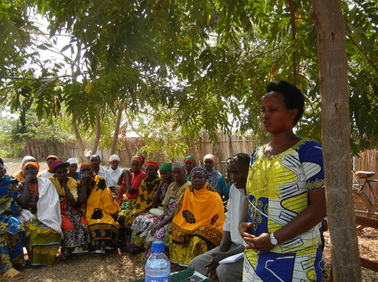
For health committees, the issue of volunteering was somehow overcome through the implementation of the PBF. We felt that if the health centre pays benefits to the members of its health committee, the health committee may lost its representative dimension (the motivation to be elected would be biased). Therefore, we designed a formula that recommended to health facilities to assist the functioning of the health committee via a contribution of 5% of what they receive through the PBF. The amount that is given is not a premium; it is a contribution to the operation costs. The COSA can buy pens, paper, binders, etc. And whether it wants to pay its member a drink on meeting day, it is up to it. Revenues that are generated at the health centre are in a sense a community input, so it makes sense that some of that money is used for the proper functioning of the co-managing unit of the community health centre. Group of community health workers (Province Makamba) Photo: Korachais
Does community participation in health have a future in the Great Lakes region?
Yes, but it starts with peace. Without it, it is difficult to continue to work with communities in the long run. At the same time, in our context, the community approach provides an opportunity to bring people together, to unite them around a common vision/interest. Through “Community PBF”, there is even a possibility to inject some funds and organize the community level. A community that is occupied, works, and has a common interest, is much less likely to be manipulated or to return to violence. The second condition is that the health systems understand the importance of the community and plans some funding of this level. It is indeed necessary to organize training for these community actors.
